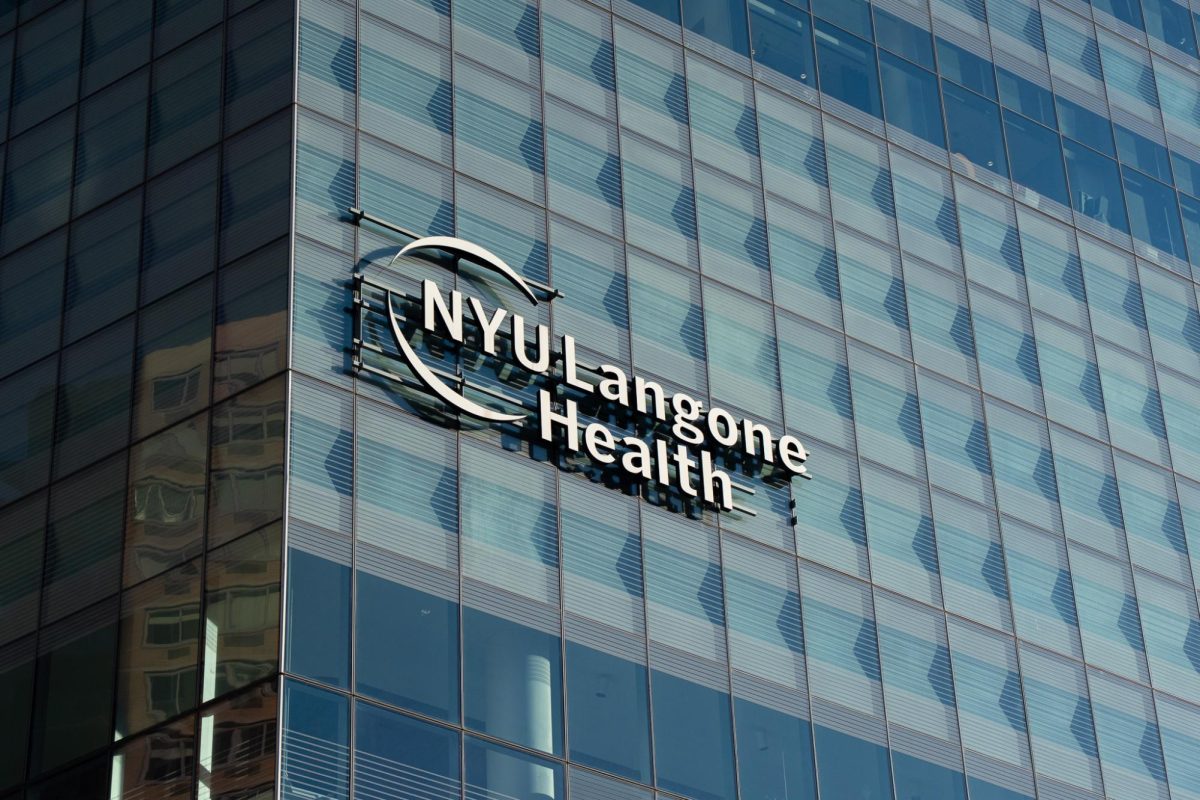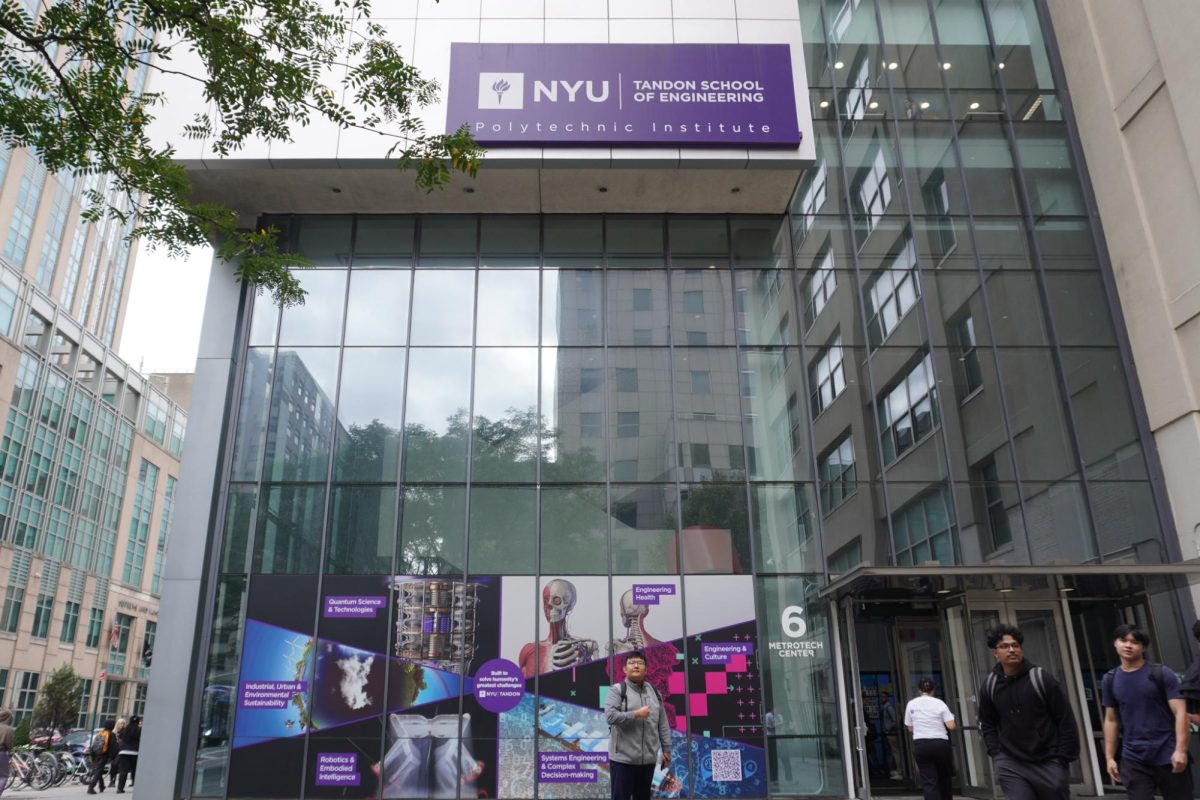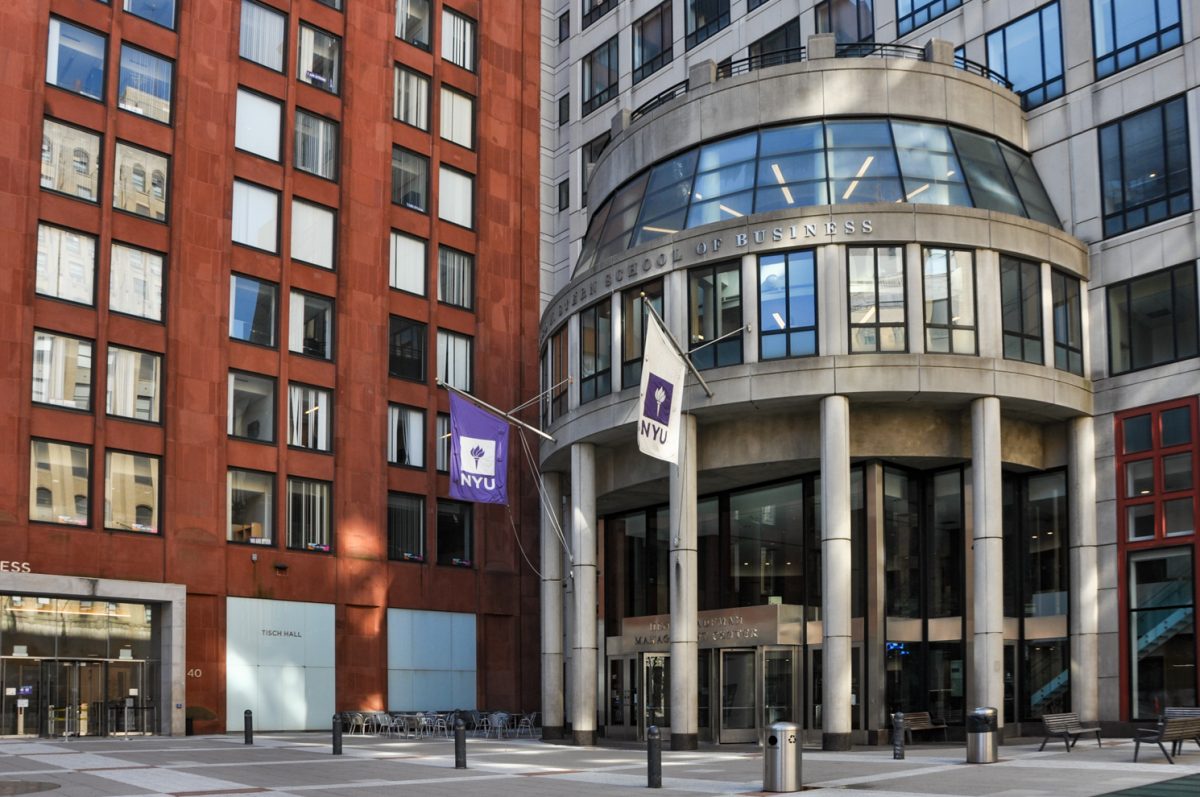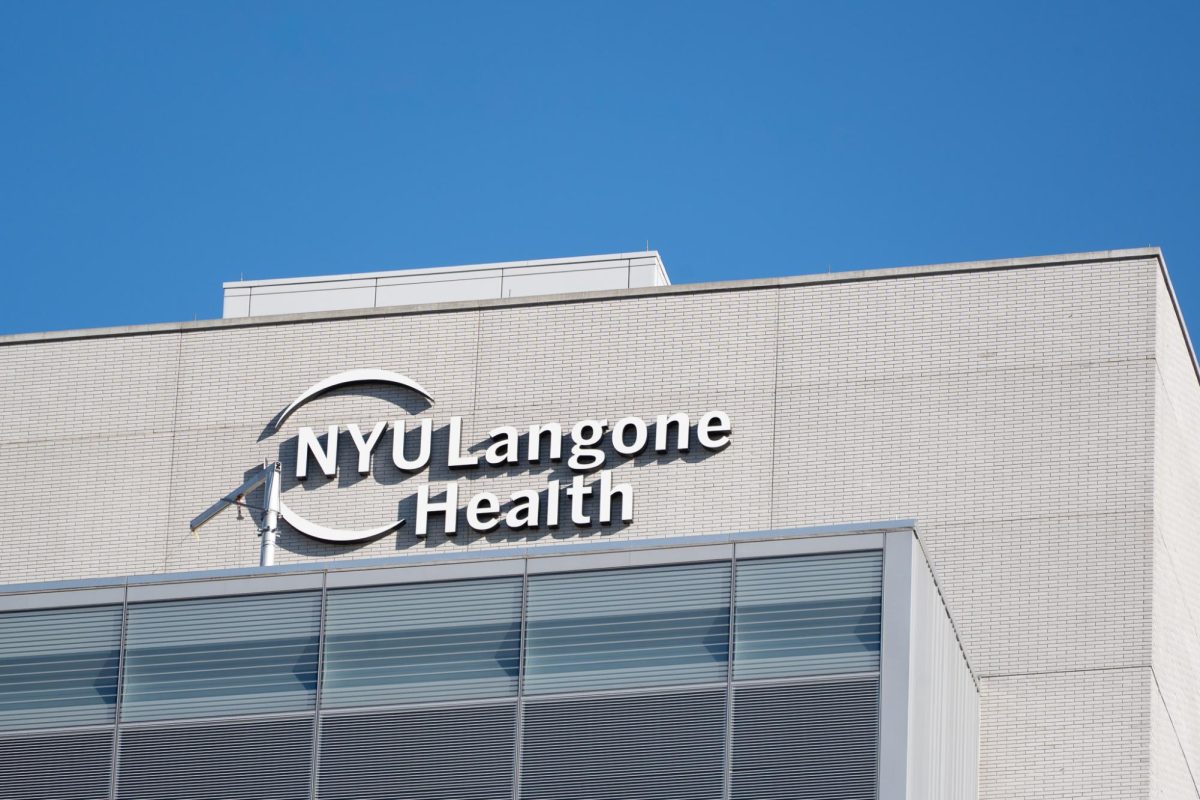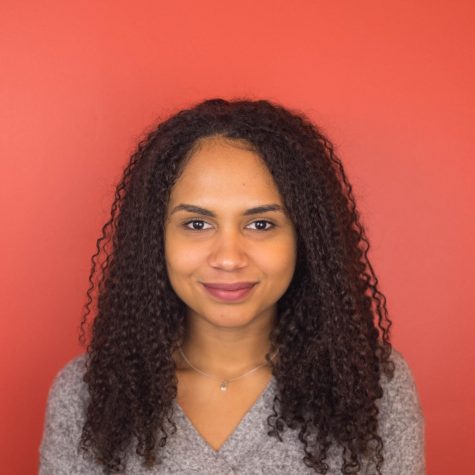Gun Reform Movement Is Too White
April 2, 2018
On March 24, millions marched across the country at the March for Our Lives alongside and in solidarity with Marjory Stoneman Douglas High School students demanding gun reform. While this movement is inspiring, it is not as inclusive as it should be. On the evening of the marches, Chance the Rapper asked, “Does Gun Control include the police?” To answer Chance — and to remind all gun reform allies — it must. We can’t have a nationwide conversation about gun reform without addressing the problem of systemic police violence against black communities. This emerging gun reform movement must explicitly ally itself with the black communities who have been protesting gun violence for years while many tried to silence and repress them.
The March for Our Lives activists have been fortunate enough not to experience arrests thus far while scores of members of the Movement for Black Lives have been arrested. While there was only one reported arrest at a march in San Jose out of the hundreds of marches in cities across the United States on March 24, 11 were arrested at a Black Lives Matter protest for Stephon Clark in New York City, five days after the March for Our Lives. Due to the disparity between how white and black protesters are treated in the U.S., it is imperative that the March for Our Lives organization explicitly establishes cooperation with movements advocating against gun violence targeting black communities. BLM has been combating gun violence on behalf of African-Americans since its creation in 2013. My question is: where were all these new gun reform allies when BLM protesters were giving their lives for gun control? Black liberation from gun violence is a cause the March for Our Lives and its allies should advocate for.
Out of 264 individuals who have been shot and killed by the police in the U.S. in 2018, 53 of those were black men, according to a database compiled by The Washington Post. Black men too often are killed by the police with no retribution. The latest case illustrating the culture of impunity within the police system is that of Alton Sterling, who was shot and killed by two Baton Rouge officers who will go unpunished. If African-Americans made up 25 percent of police killings in 2017 despite only being 13.3 percent of the U.S. population, there is a clear systemic problem that should be a priority of the gun reform movement. While strides have been made in some departments with the implementation of body cameras, Stephon Clark’s death shows that body cameras are not enough, as they can be muted or never turned on. The police force must be an institution that is thoroughly reconstructed to ensure that African-Americans are no longer unlawfully murdered.
Black students at Marjory Stoneman Douglas feel they have been underrepresented in this movement, an issue addressed at the march in Washington D.C. It’s time to include black voices. The next time you want to use the phrase ‘Don’t Shoot’ at a March for Our Lives event, remember that the phrase emerged after Michael Brown was fatally shot by a police officer. Gun violence extends beyond the classroom; it is inescapable for black communities. As we move toward gun reform, we can’t forget Stephon Clark, Philando Castile and all the other victims of police gun violence whose families and communities deserve to be included in this movement.
Opinions expressed on the editorial pages are not necessarily those of WSN, and our publication of opinions is not an endorsement of them.
A version of this appeared in the Monday, April 2 print edition. Email Paola Nagovitch at [email protected].



